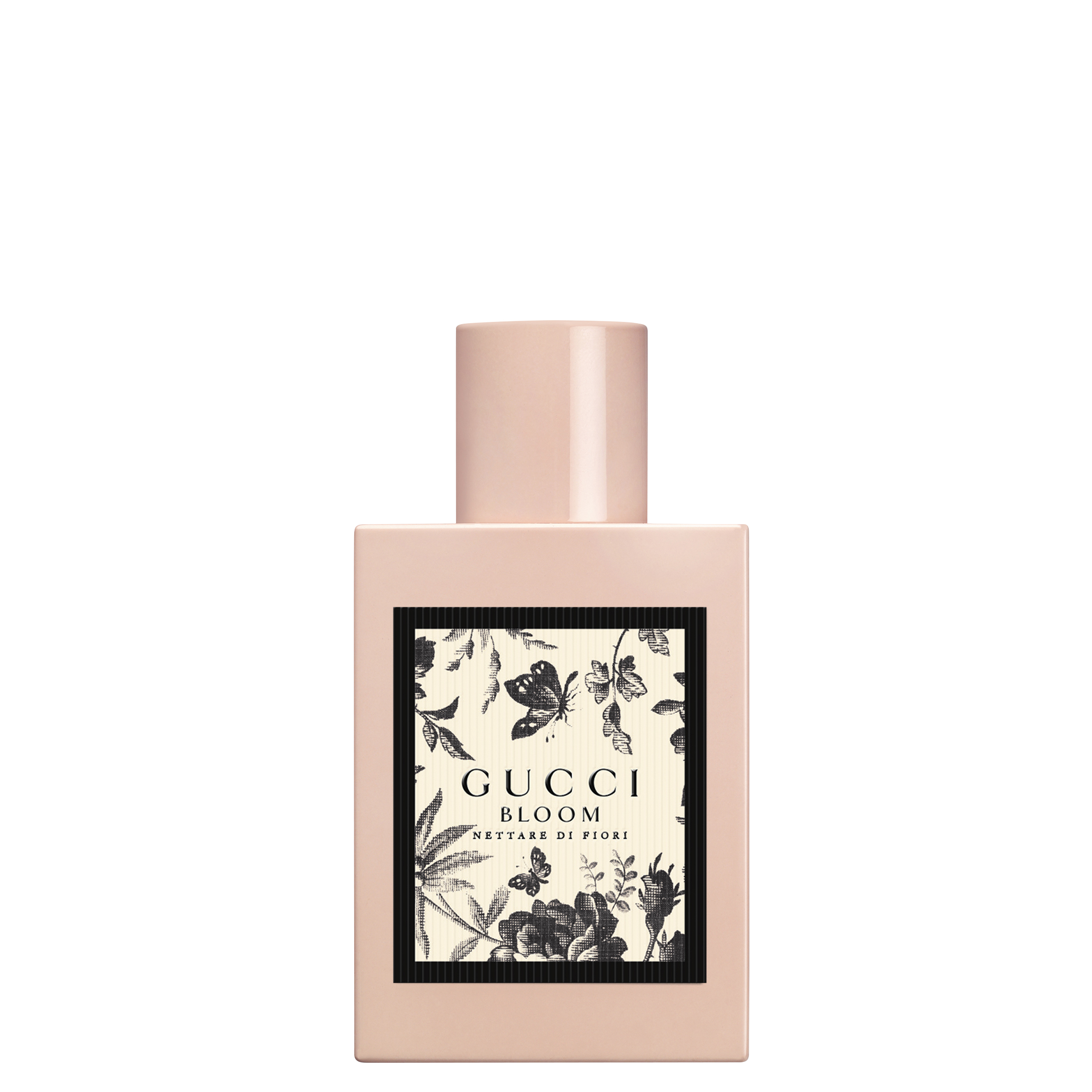WORD OF THE DAY #20
W związku z dzisiejszym, ustanowionym przez Radę Europy, Europejskim Dniem Języków Obcych, mam dla Was coś przyjemnego i prostego as ABC. Oto alfabet wyrażeń perfumeryjnych wraz ze zdaniami ilustrującymi użycie poszczególnych słów.
Zachęcam wszystkich do nauki nie tylko angielskiego, ale i innych języków obcych. Ponoć z każdym nowym językiem, którego się uczymy rodzimy się na nowo. Znajomość języków jest też nieoceniona chociażby w kwestii poprawnej wymowy marek perfumeryjnych i nazw naszych ulubionych kompozycji. Zatem jeśli nie mamy czasu na zgłębienie języka całościowo opanujmy chociaż perfume French, Spanish or Italian!
A for Apply (nakładać/stosować)
Where do you usually apply perfume?
B for Blending (mieszanie)
Perfume blending can be a lot of fun!
C for Chypre (szypr)
Sisley makes exquisite chypres!
D for Davana (bylica)
Davana is a true chameleon note! It can smell different on each of us.
E for Elevator test (test windowy)
Would your scent pass the elevator test in your workplace?
F for Fougere (zapachy paprociowe)
Fougere scents for men were big in the 80s.
G for Gourmand (zapachy apetyczne)
When the temperatures fall I always start to crave for my favourite gourmands.
H for Hesperides (zapachy cytrusowe)
Hesperides are lifesavers in scorching temperatures!
I for Incense (kadzidło)
That fragrance has so much incense you feel like you’ve been teleported to a medieval church.
J for Jatamansi (szpikanard)
Jatamansi, a. k. a. spikenard has a slightly woody, musky, earthy and warm scent.
K for Kumquat (kumkwat)
Kumquat is orange in colour but unlike oranges it has an oval shape and tastes and smells quite tart.
L for Longevity (trwałość)
The scent is heavenly but many people have issues with its longevity.
M for Molecules (molekuły)
Modern olfactive molecules can not only imitate natural ingredients but create smells nature has never heard of.
N for Nutmeg (gałka muszkatołowa)
Nutmeg gives this scent a partly sweet, partly pepery feel to it.
O for Osmanthus (osmantus)
Osmanthus blossom has a sensuous apricot-like aroma and is particularly cherished in China.
P for Plum (śliwka)
Tumulte pour Homme from Lacroix offers a delicious combination of plum and cedarwood.
R for Resins (żywice)
Olibanum, myrrh and opoponax are the most commonly used resins in perfumes.
S for Solar Notes (nuty solarne)
What do solar notes in perfume actually stand for?
T for Tar (smoła brzozowa/dziegieć)
Birch tar is commonly used to impart a leathery accord in perfumes.
U for Unisex
This perfum is officially aimed at men but I find it totally unisex.
V for Violet (fiołek)
Can you recommend a scent featuring a lovely, powdery violet?
W for Walnut (orzech włoski)
Not only do I love to eat walnuts but I also adore this note in my fall perfumes.
X for X-ray (prześwietlać)
If you x-ray some vintage perfume compositions you will be surprised they can be composed of as many as 30 ingredients.
Y for Yuzu
The Japanese lemon – yuzu - has a particularly refreshing and uplifting citrusy scent.
Z for Zest (skórka cytrusów)
Their lates release has the most natural and beautiful note of lemon zest.







